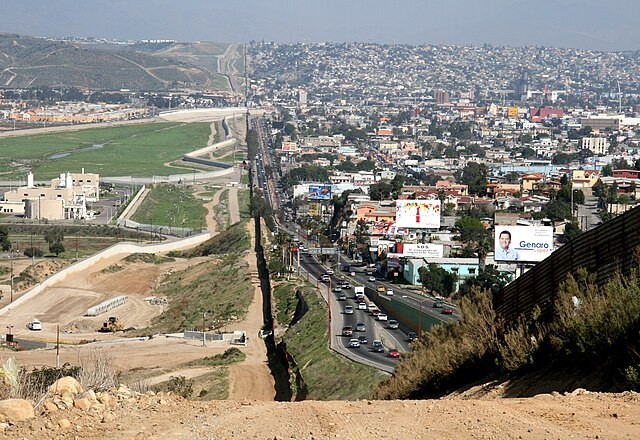After years of record-breaking migrant crossings, the U.S.-Mexico border is witnessing a significant decline in illegal entries, marking a rare success for the Biden administration in its ongoing efforts to manage one of its most challenging political issues. According to data provided by U.S. Customs and Border Protection (CBP), migrant apprehensions in July fell to the lowest levels of the Biden era, continuing a downward trend that has persisted for the past five months.
The drop in crossings comes as a result of a multifaceted approach by the U.S. government, which includes creating new lawful pathways for migrants, implementing stricter consequences for illegal entries, and engaging in diplomatic efforts with key countries such as Mexico, Guatemala, Panama, and Colombia to bolster their border enforcement and humanitarian relief efforts.
"The numbers have indeed decreased and have decreased significantly," Homeland Security Secretary Alejandro Mayorkas told USA TODAY. "The reason for it is not singular. It is a number of different measures that we and others have taken."
These measures appear to be yielding results, as migrant encounters at the border have dropped across all demographics-single adults, family units, and unaccompanied minors-despite the fact that seasonal migration typically surges during this time of year. In July, CBP reported 56,408 migrant encounters between ports of entry, a 57% decrease from the 132,642 encounters recorded in the same month last year, and a 32% decline from June.
However, those on the front lines, like Kari Lenander, who runs migrant shelters in west Texas and New Mexico, are witnessing the impact of these changes firsthand. "The numbers have dropped so much that most of our beds are empty," Lenander said, noting the stark contrast to previous years when every green cot in her shelters was occupied.
The Biden administration's efforts to curb illegal immigration have been a response to the unprecedented surge in migrant crossings that reached their peak last year, with over 2.5 million encounters reported. This surge provided ammunition for Republican critics who have long accused the administration of promoting "open border" policies. Texas Governor Greg Abbott, a vocal opponent, had promised to continue sending "migrant buses" to sanctuary cities until the federal government secured the border. But the recent decline in crossings has left those buses parked, with fewer migrants eligible for the controversial relocation program.
Despite the positive trend, Lenander and others remain cautious. The problems that drive people to flee their countries-violence, poverty, and political instability-remain unchanged, raising concerns about whether this dip in crossings is temporary. "It's eerie," Lenander remarked about the sudden decline in migration, adding that the quiet in her shelters might not last long.
The Biden administration's success in reducing crossings has been attributed to a combination of policy shifts and international cooperation. In June, the administration issued an executive order that sharply restricted the ability of migrants to claim asylum at the border, effectively closing a pathway that millions have used over the past decade. The Department of Homeland Security (DHS) has also ramped up deportations and removals from the U.S., while adding new layers of security to block migrants from making CBP One appointments from outside Mexico.
Mayorkas emphasized that the comprehensive suite of measures implemented by the administration has made a lasting impact. "The smuggling organizations do pivot according to what we do," he said. "However, in this case, it is really a comprehensive suite of measures. I do think that reality is a reason why this has lasted longer."
On the ground, the changes are evident. Across the border from El Paso, in Ciudad Juárez, Mexico, areas once crowded with migrants waiting to cross into the U.S. are now largely deserted. The Rio Grande, once a thoroughfare for migrants, now sees fewer crossings. The Texas National Guard has even removed some of the concertina wire that once lined the riverbanks, as the flow of people has slowed to a trickle.
However, the situation remains fluid. As the morning sun broke through storm clouds on a recent day, a small group of migrants attempted to cross the border under a section of wire. Despite being spotted by a Texas National Guardsman, they continued toward the U.S. border wall, where they were eventually intercepted by a Border Patrol agent. Their fate-whether deportation, return to Mexico, or release to a shelter-remained uncertain.
Daniel Berlin, policy director for protection pathways at the International Rescue Committee, highlighted the complexity of the situation for migrants. "The U.S. border is not open by any stretch," Berlin said. "It's as closed as it has been in a very long time."






